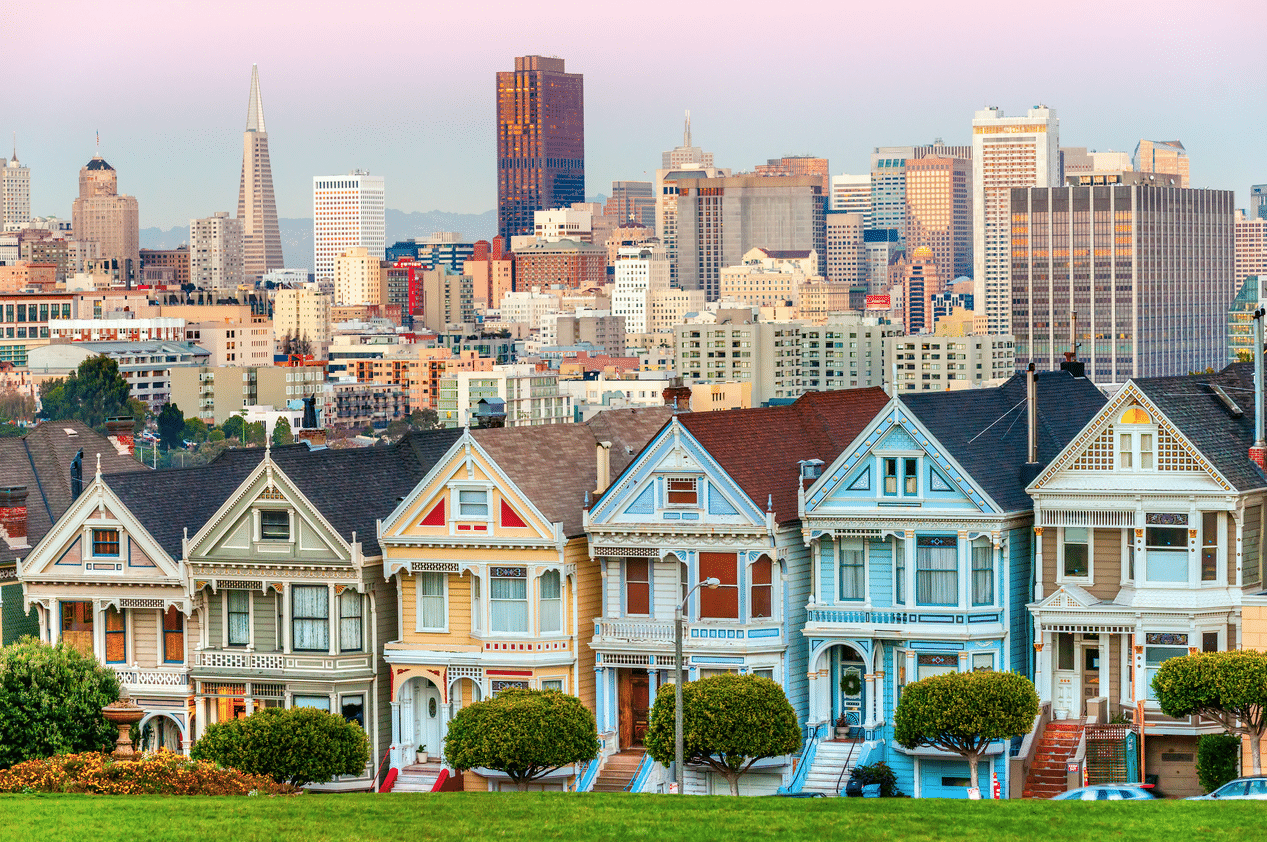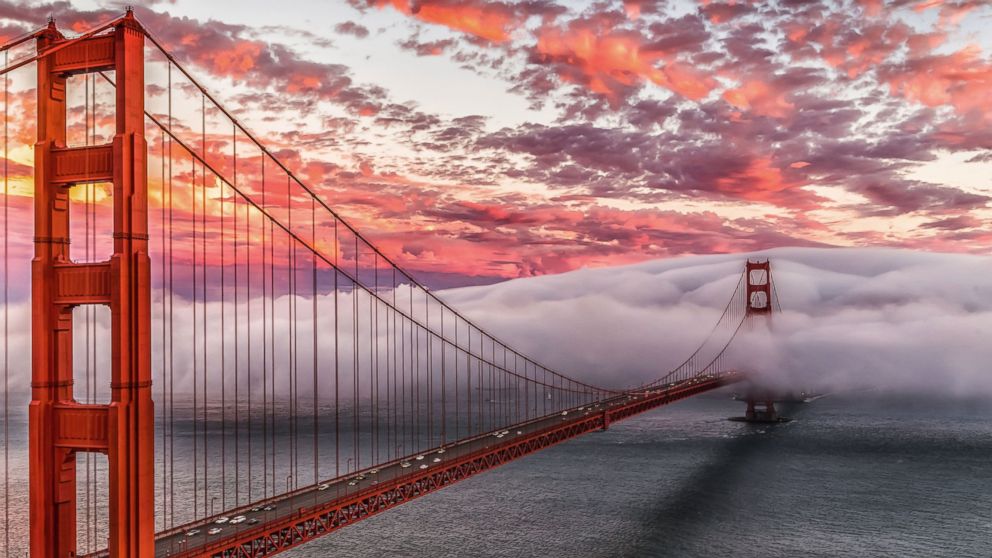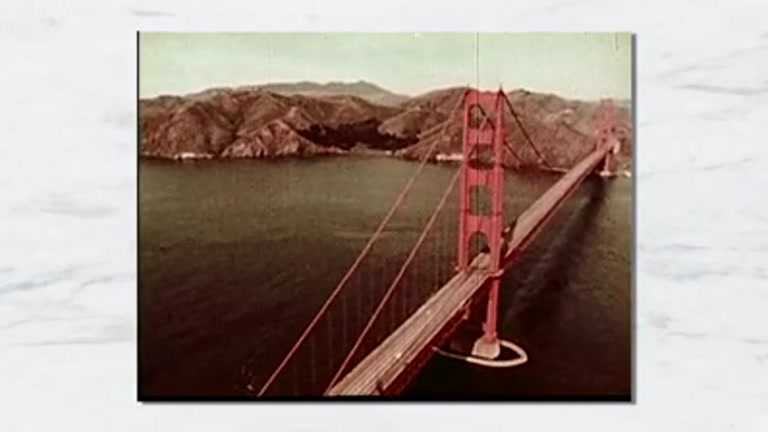Architecture of San Francisco
The architecture of San Francisco is not so much known for defining a particular architectural style; rather, with its interesting and challenging variations in geography and topology and tumultuous history, San Francisco is known worldwide for its particularly eclectic mix of Victorian and modern architecture. Bay windows were identified as a defining characteristic of San Francisco architecture in a 2012 study that had a Machine learning algorithm examine a random sample of 25,000 photos of cities from Google Street View.

In American architecture, painted ladies are Victorian and Edwardian houses and buildings repainted, starting in the 1960s, in three or more colors that embellish or enhance their architectural details. The term was first used for San Francisco Victorian houses by writers Elizabeth Pomada and Michael Larsen in their 1978 book Painted Ladies: San Francisco’s Resplendent Victorians. Although polychrome decoration was common in the Victorian era, the colors used on these houses are not based on historical precedent.
Icons of San Francisco architecture include the Golden Gate Bridge, Alcatraz Island, Coit Tower, the Palace of Fine Arts, Lombard Street, Alamo Square, Fort Point, the Transamerica Pyramid, and Chinatown. Included below are summaries of the historical significance of some of these great San Franciscan architectural achievements.
The Golden Gate Bridge

The Golden Gate Bridge is the most instantly recognizable structure in the city of San Francisco. The bridge spans almost two miles across the Golden Gate, the narrow strait where San Francisco Bay opens to meet the Pacific Ocean, connecting the city with Marin County, California.
The concept of a Golden Gate Bridge started with a journalist named James Wilking. Wilking promoted the idea that a bridge across the Golden Gate would bring many benefits. The idea for this bridge had surfaced forty years earlier, but over time people had lost interest, at least until Wilking revived the idea. In 1919, authorities commissioned Joseph Strauss to conduct a survey of the proposed site for the bridge. The main argument in favor of the bridge’s construction was that it would help encourage development north of San Francisco.

